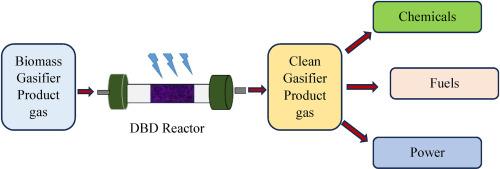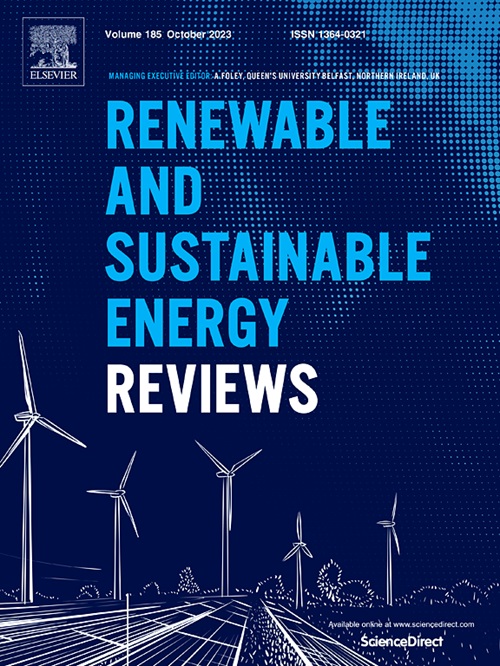Dielectric barrier discharge reactor application in biomass gasification tar removal
IF 16.3
1区 工程技术
Q1 ENERGY & FUELS
引用次数: 0
Abstract
This review focuses on the application of dielectric barrier discharge reactors for tar removal during biomass gasification. Key processing parameters, such as discharge power, temperature, flow rate, catalyst loading, concentration of tar model compounds, carrier gas, and steam effect, were analyzed for their impact on tar conversion, energy efficiency, selectivity, and product yield. By gaining a comprehensive understanding of these parameters, this review aims to optimize dielectric barrier discharge reactor performance for enhanced application in biomass gasification. These insights highlight the importance of considering multiple parameters in the design and operation of dielectric barrier discharge reactors. The findings of this review offer guidance for future research, focusing on targeted improvements in reactor design and operational strategies to achieve more effective and efficient biomass gasification processes. This work contributes to SDG 7 by advancing DBD technology that improves the efficiency and sustainability of clean energy production.

生物质气化焦油脱除中的介质阻挡放电反应器应用
本综述重点介绍生物质气化过程中应用介质阻挡放电反应器去除焦油的情况。分析了放电功率、温度、流速、催化剂负载、焦油模型化合物浓度、载气和蒸汽效应等关键处理参数对焦油转化、能效、选择性和产品产量的影响。通过全面了解这些参数,本综述旨在优化介质阻挡放电反应器的性能,以提高其在生物质气化中的应用。这些见解强调了在设计和运行介质阻挡放电反应器时考虑多个参数的重要性。本综述的结论为未来研究提供了指导,重点是有针对性地改进反应器设计和运行策略,以实现更有效和高效的生物质气化过程。这项工作通过推动提高清洁能源生产效率和可持续性的介质阻挡放电技术,为可持续发展目标 7 做出了贡献。
本文章由计算机程序翻译,如有差异,请以英文原文为准。
求助全文
约1分钟内获得全文
求助全文
来源期刊

Renewable and Sustainable Energy Reviews
工程技术-能源与燃料
CiteScore
31.20
自引率
5.70%
发文量
1055
审稿时长
62 days
期刊介绍:
The mission of Renewable and Sustainable Energy Reviews is to disseminate the most compelling and pertinent critical insights in renewable and sustainable energy, fostering collaboration among the research community, private sector, and policy and decision makers. The journal aims to exchange challenges, solutions, innovative concepts, and technologies, contributing to sustainable development, the transition to a low-carbon future, and the attainment of emissions targets outlined by the United Nations Framework Convention on Climate Change.
Renewable and Sustainable Energy Reviews publishes a diverse range of content, including review papers, original research, case studies, and analyses of new technologies, all featuring a substantial review component such as critique, comparison, or analysis. Introducing a distinctive paper type, Expert Insights, the journal presents commissioned mini-reviews authored by field leaders, addressing topics of significant interest. Case studies undergo consideration only if they showcase the work's applicability to other regions or contribute valuable insights to the broader field of renewable and sustainable energy. Notably, a bibliographic or literature review lacking critical analysis is deemed unsuitable for publication.
 求助内容:
求助内容: 应助结果提醒方式:
应助结果提醒方式:


